Half Light: Andreas Gursky’s Epic Retrospective Frames The Hayward Gallery’s Reopening
By Something CuratedAs the summer of 2015 faded into autumn, the Southbank’s resident Brutalist enclave of the Hayward Gallery moved to shutter its doors for the next two years. The intended function of building’s 66 sawtooth skylights, dreamed up by the artist Henry Moore in his campaign to let in ‘God’s good daylight’ – a move against the Black Box of 1960s “expanded cinema” – was never truly realised. Instead, fearing structural instability, the Hayward’s grand opening in 1968 saw the pyramidal roof lights concealed behind a false ceiling; with Moore’s spectacular vision of a gallery space bathed in radiant natural lighting ultimately materializing as a dank space coated in rather unspectacular artificial fluorescence.
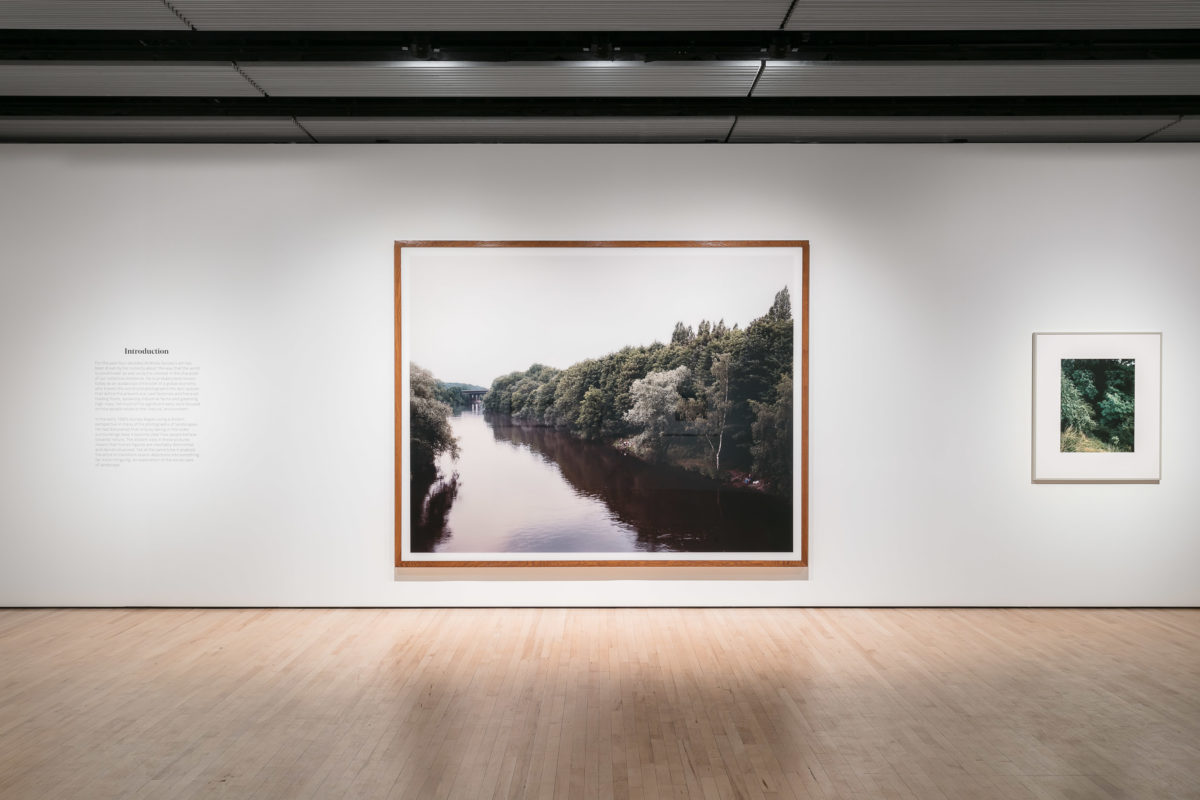
Fast forward two years, and the Hayward Gallery is once again filled with art and ambling visitors with the venue’s two floors of labyrinthine gallery space still loosely tied together with the Hayward’s hulking pair of iconic concrete stairs. There are plenty of nooks and crannies that continue to lead to nowhere, and the accessibility of indoor and outdoor space remains limited. Yet there’s no arguing about the state of the art, which unquestionably fairs better in the Hayward’s spruced facilities. For the building’s debut exhibition, German photographer Andreas Gursky’s first UK retrospective of 68 works practically leap off the walls, their expansive and dizzyingly detailed compositions seeming particularly at home, as if housed there all along.
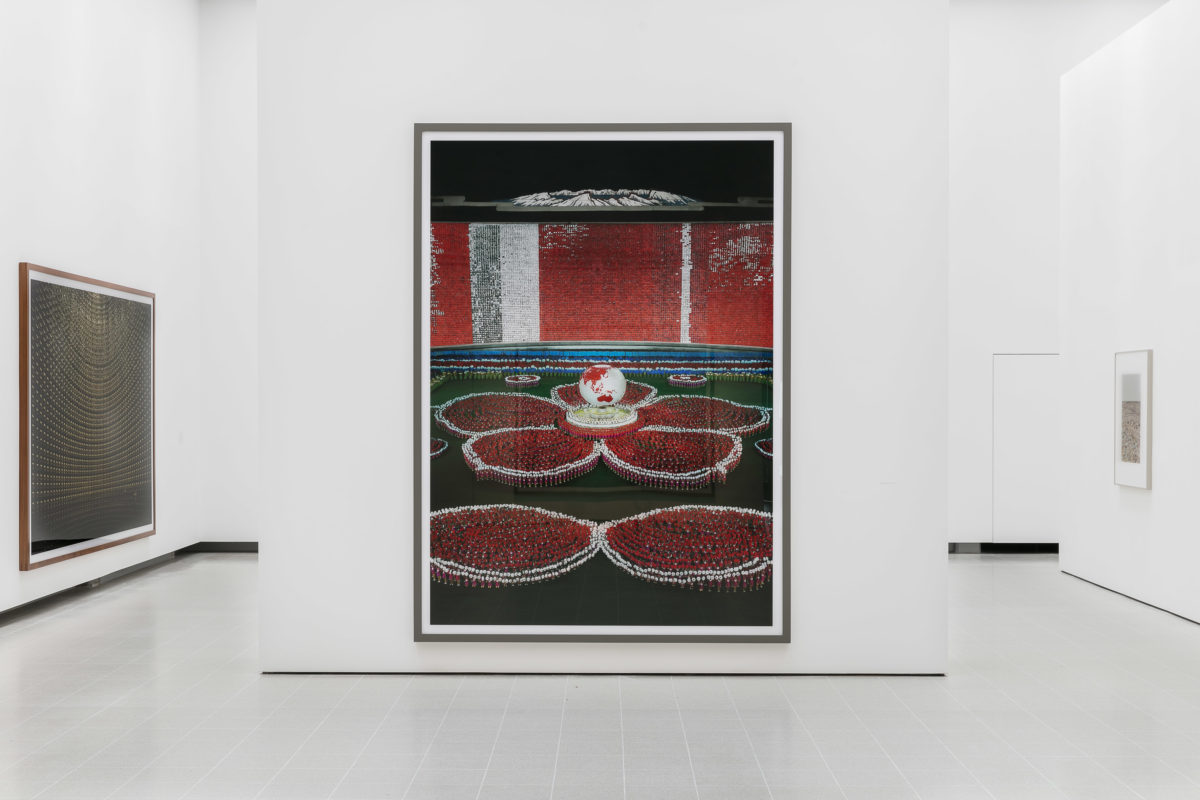
Spanning nearly 40 years of the artist’s oeuvre and displaying 8 new works for the first time, Andreas Gursky takes viewers across decades and continents, from an eye-watering panorama of the sky-high towerblock flats of Paris, Montparnasse captured in 1993, to the blood-red Barnett Newman backdrop of a icy chancellor meeting in Germany circa 2015, as well as recent stop-offs in Pyongyang VI and VII that witness Mass Games, a North Korean dance troupe, in 2017. Then there’s Gursky’s blurry camera phone shot of a sun-washed row of pre-fab houses in rural Utah (2017), blown up to an epic proportion and printed with professional-grade equipment that contrasts the image’s amateurish capture.
A gigantic abstract image of the Arctic ocean – captured sky-high in 2010 with satellite cameras orbiting the Earth, the detail work filled in by algorithms – stand side-by-side with antique images of light-up globes and desk attendants in Düsseldorf from the early 80s, the same size as a framed family portrait you might find lovingly decorating a suburban staircase: A mood that is made literal with a couple such additions to the Hayward’s brutish stairwells. These are the sort of details that make the work of Hayward Director Ralph Rugoff – recently named as the Curator of the 58th Venice Biennale in 2019 – stand out as a crucial to the overwhelming success of the exhibition.
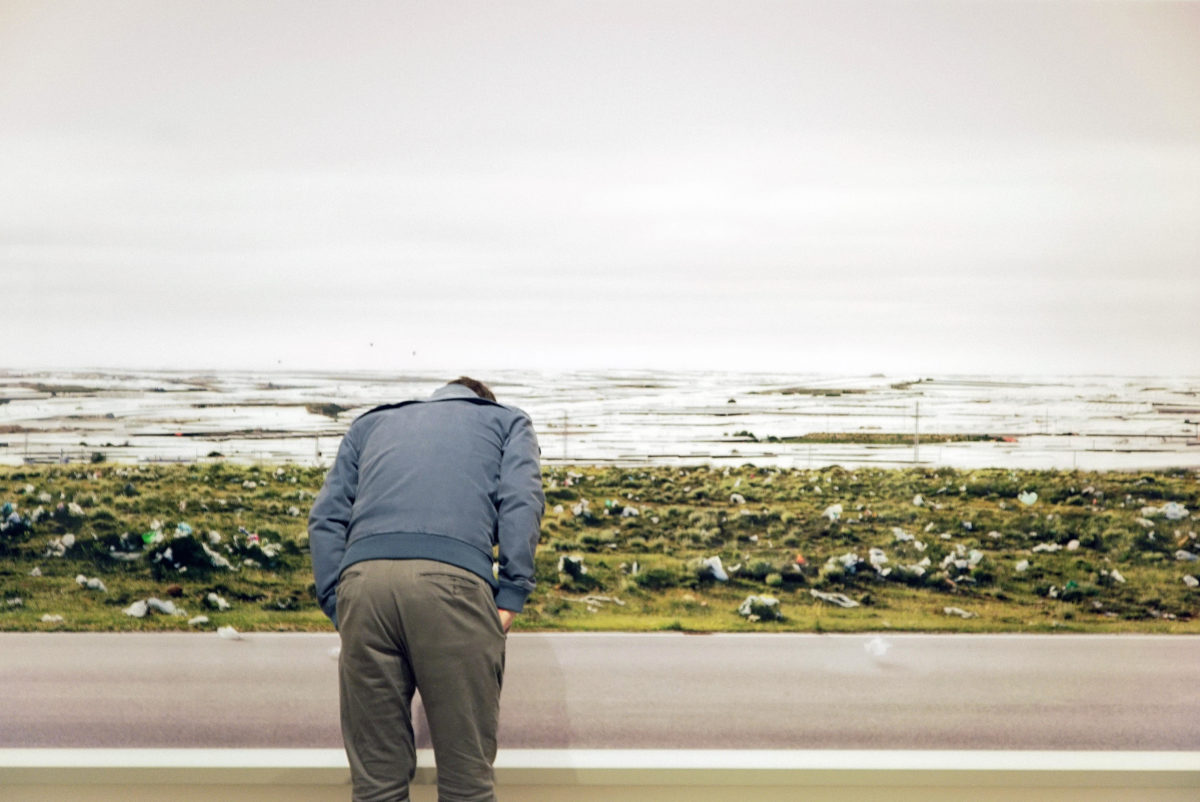
Ditching a chronological structure in favor of a more ambitious – and more ambiguous – arrangement of these nearly 70 works, the result is a complex and meditative reflection that digs deeper than the immediate wow factor of Gursky’s haunting hyperreal imagery. To encounter the work in this way is no less than to glimpse a 40-year history of global crisis – from political friction and environmental meltdown to the dizzying landscapes of globalization and mass production, as told in near-operatic high frequency trading in Chicago Board of Trade III (2009), to the distribution center of Amazon (2016), and from the pastel hell of cheap commodities decorating 99 Cent II, Diptych (2001).
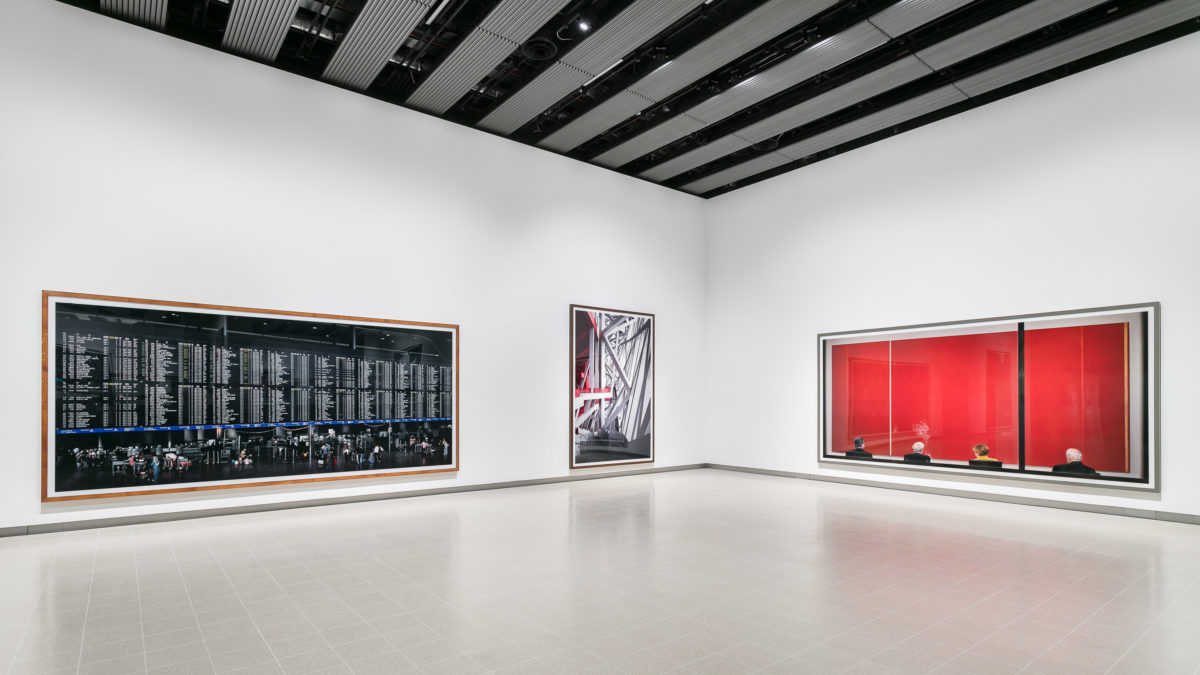
Ascending the stairs to the top floor there is a breakthrough feeling, a sort of cathartic cleanse that pushes past the surface polish: perhaps escaping the question of materiality itself. Indeed, the fake ceiling has been cast aside. The gallery climbs another meter, and – even with dusk fast approaching – a sublime beam of cool wintery daylight filters through the glassy pyramid’s double-glazed coffers. Despite the newfound luminosity, the ceiling still gives a visceral feeling of having been carved out; its skeletal grid, while light on its feet, reigns over the invading sun, dividing it into neat chunks. Perhaps like the seasons, the freshly exposed roof will grow into its heightened position, becoming more breathtaking, more enlivening, and more overpowering with a full sun radiating down in the spring.
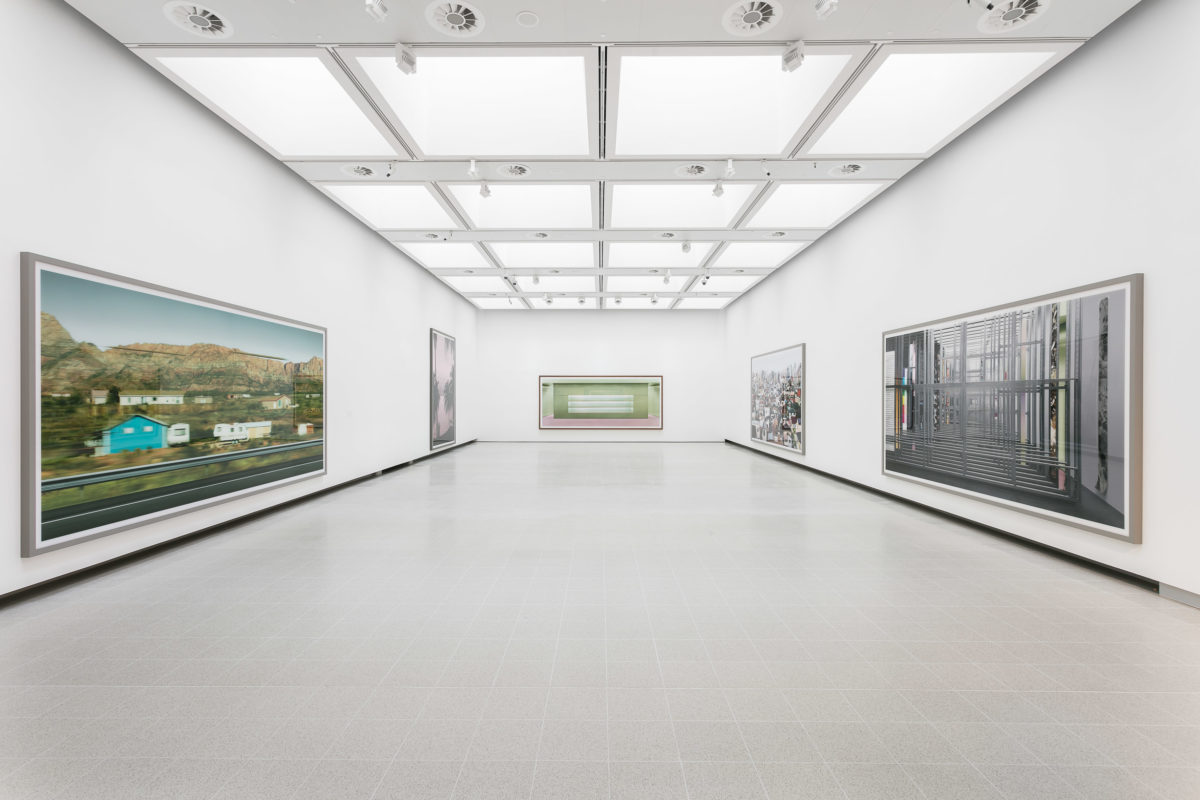
Regardless of these uncertainties, the renovation is a breath of fresh air into a space sorely missed. As it should be, with the Hayward’s two-year fixer-upper missive boasting a repair bill of no less than £35 million, made possible through the support of the Arts Council, the Heritage Lottery Fund, various trusts and more than 50,000 members of the public. Its first public counter-offer of Gursky’s exhibition is no less of an epic feat than the building; so much so that it becomes impossible to see them as two distinct operations. Indeed, in many ways the retrospective and the renovation of the building – the story of each expanding across decades and generations – fold into each other.
Observant visitors will notice a parallel image – one of Gursky’s less surreal cityscapes presented within the Hayward’s light-washed upper floor – also installed on the exterior of the building, equally visible from bridge. Just below it, a preexisting cityscape of graffiti holds its own weight against the Brutal concrete complex. It is a subtle but powerful reminder of the Hayward Gallery’s – and by extension, the Southbank Centre’s – role as a place of social convergence, both physical and symbolic. Splitting the division between inside and out, the Hayward’s Brutal stairs lead up to the Waterloo Bridge, opening up to the skyline of London in synchrony with Gursky’s fantastical photographs of cityscapes real and imaginary. If Gursky’s ultimate goal is a re-interpretation of reality – a double-take on the worlds we create for ourselves to inhabit – the Hayward is a case in point for the value of seeing in a new light.
Andreas Gursky open now until 22 April 2018 at Hayward Gallery.
Words by Alice Bucknell | Feature image: Ralph-Goertz (All photography courtesy Hayward Gallery)